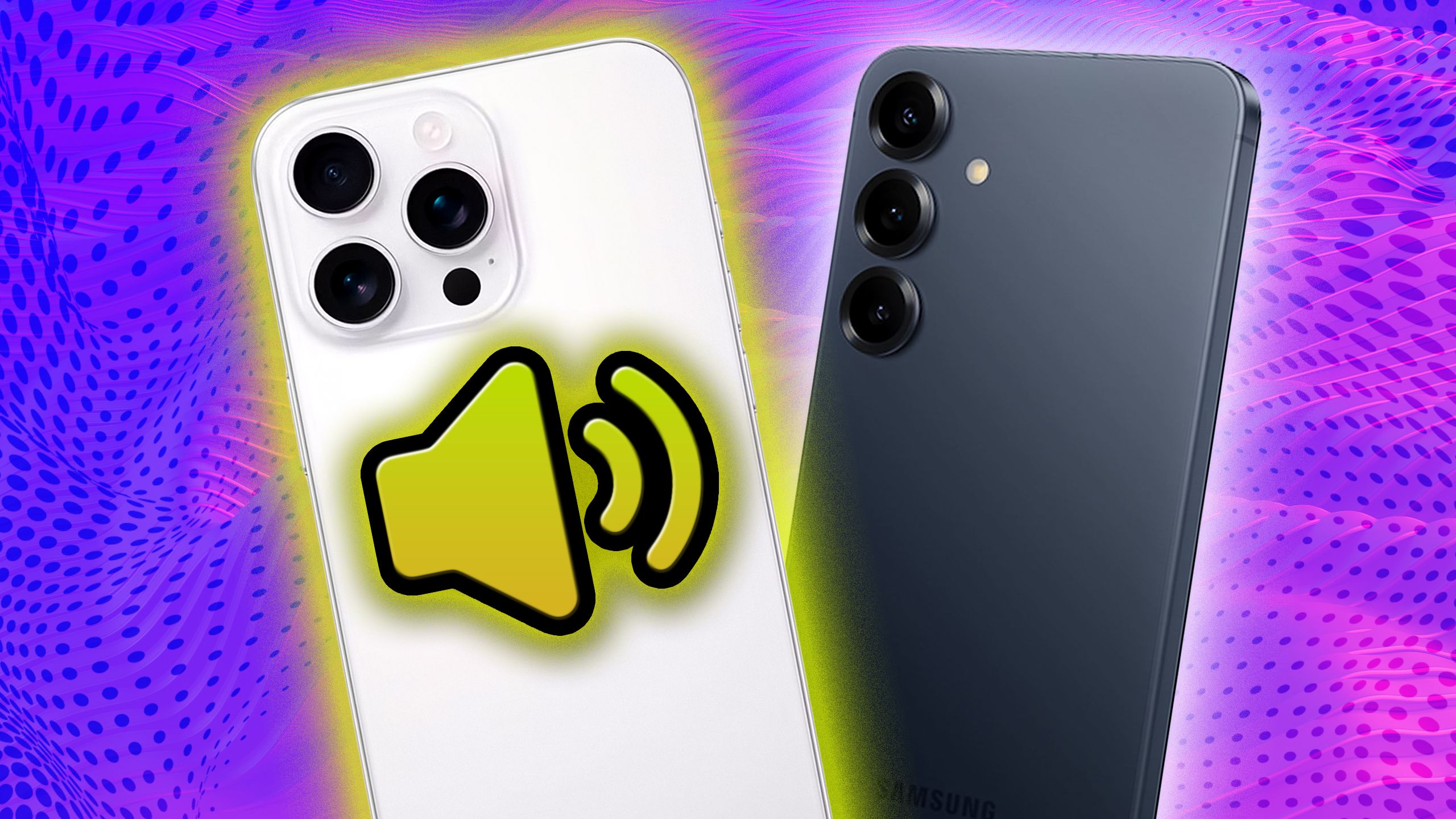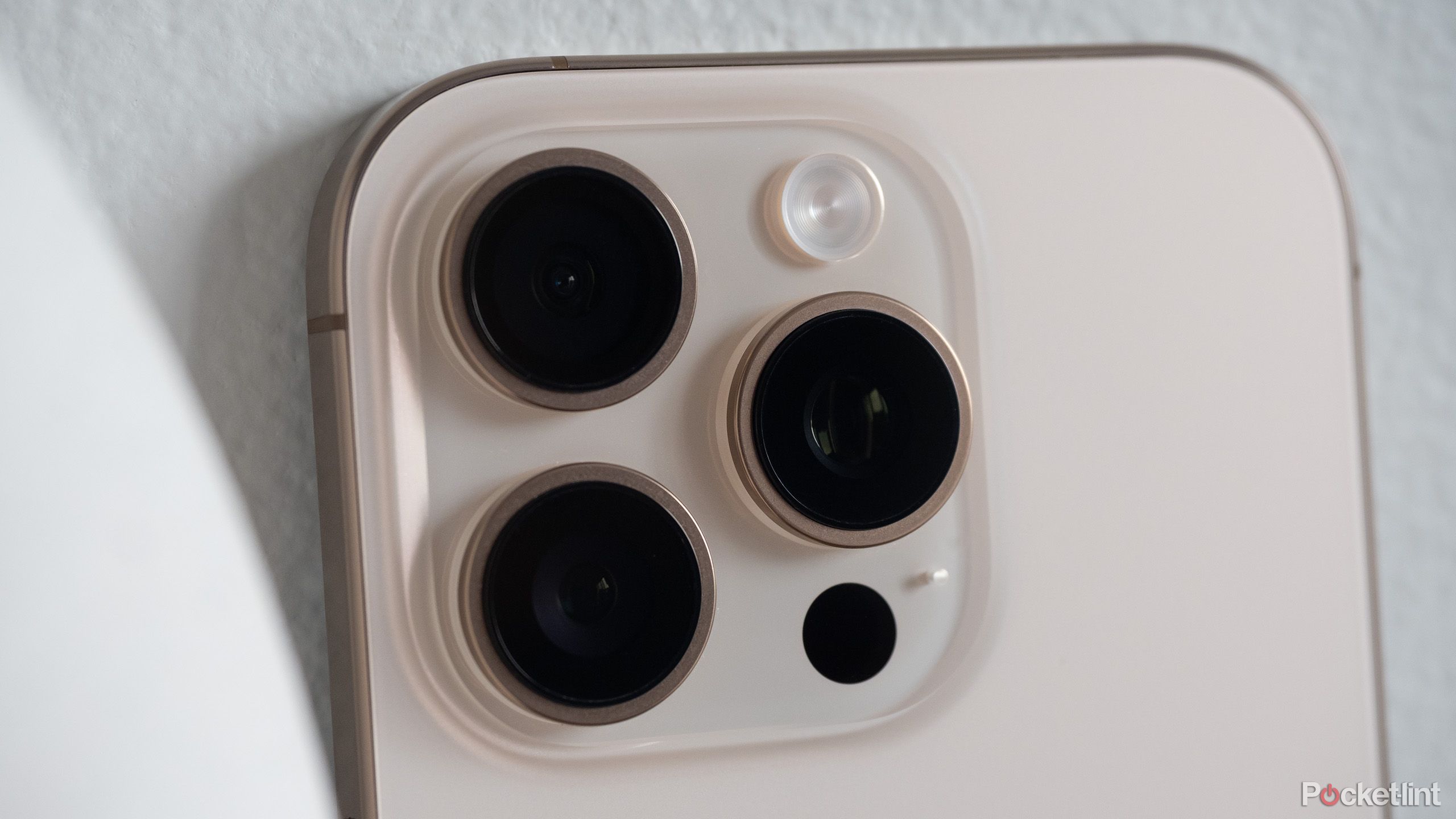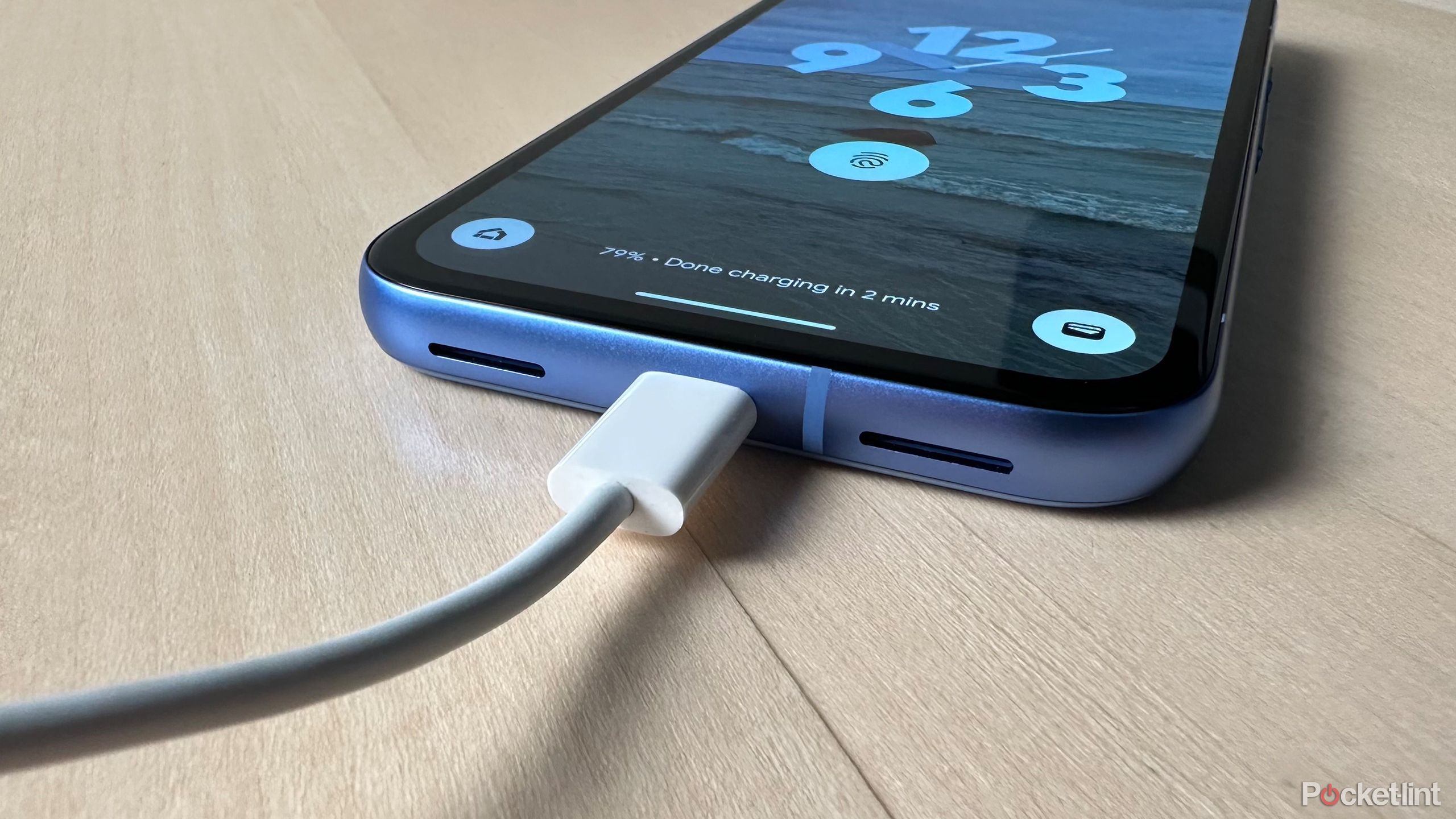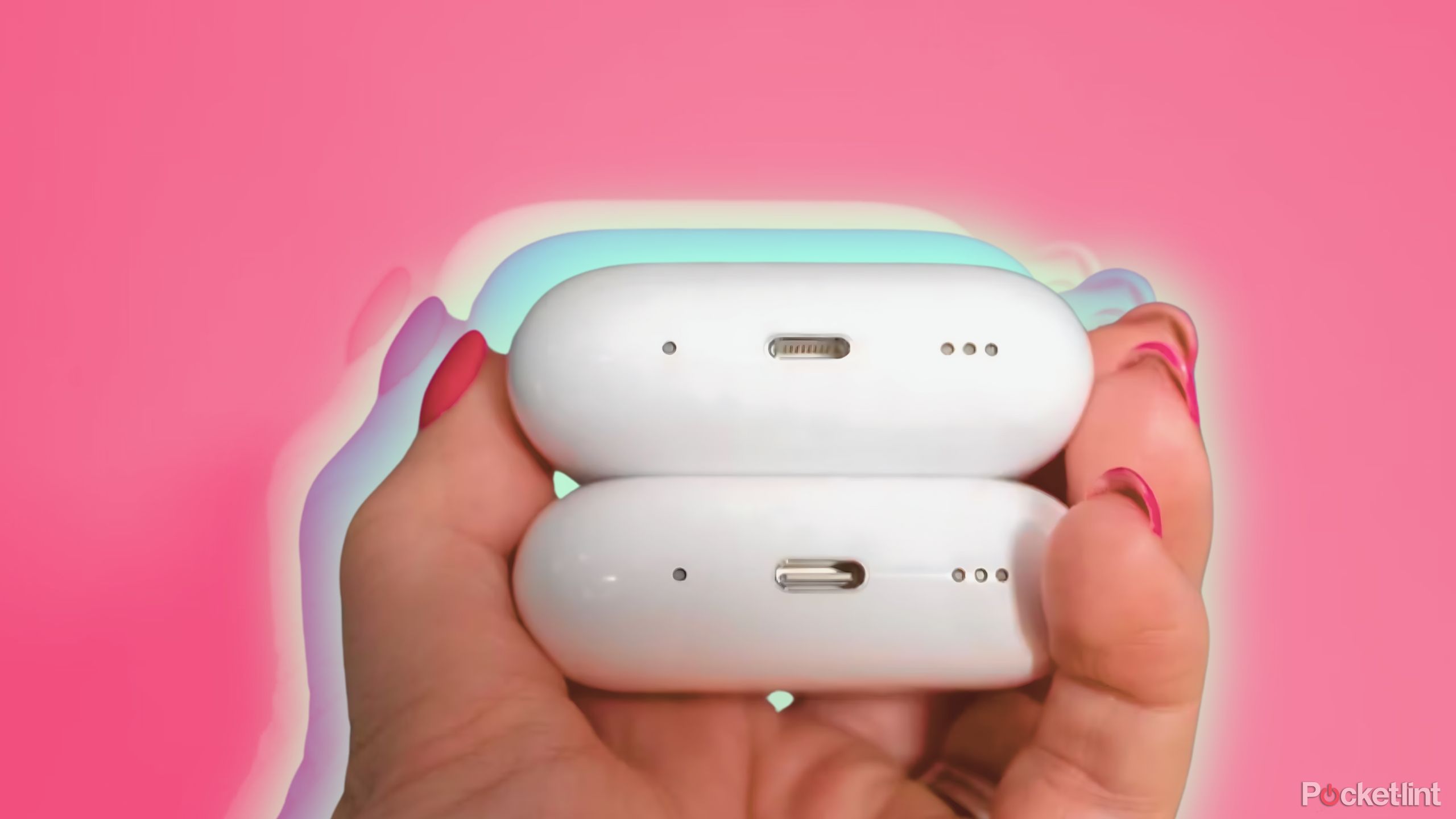Abstract
- Lightning was initially a superior various to Micro-USB and its personal 30-pin connectors.
- Just a few years later, although, Apple discovered itself clinging to Lightning regardless of the apparent technical superiority of USB-C.
- It might have been motivated by holding manufacturing prices down whereas reaping cash from ecosystem lock-in.
Apple has a historical past of championing new tech requirements, which most likely isn’t surprising to anybody studying this. The unique Macintosh popularized each mice and graphical person interfaces, and the iMac gave an enormous increase to USB-A. The iPhone was a seismic shift, pulling the smartphone away from the keyboard and stylus designs favored by manufacturers like Nokia and RIM. When you’re younger sufficient, you won’t even bear in mind how standard RIM’s BlackBerry telephones was once.
For a short window, there was a time when Apple was main the best way in cellular connectors within the type of its Lightning customary. By the top of its life, although, Lightning was not solely outdated, however thought of an indication of larger issues at Apple. So what occurred?
Associated
With the iPhone 16e, is Apple abandoning budget devices?
Some upcoming {hardware} refreshes ought to verify the place Apple is headed.
The start of Lightning
A small answer to a rising drawback (actually)
Previous to the arrival of Lightning, most of Apple’s iPhones, iPads, and iPods relied on a proprietary 30-pin connector. On the time, this was enough for energy and information, however Apple was starting to run into severe points with velocity and design house. That 30-pin connector was not solely sluggish to cost, however comically massive subsequent to the Micro-USB format used on different telephones — on an iPhone 4, for instance, it occupied many of the backside edge, by no means thoughts any inner elements. To maintain iPhones skinny however highly effective, the 30-pin format was going to must go.
Lightning cables and docks grew to become synonymous with residing within the Apple ecosystem.
Micro-USB wasn’t a really perfect answer, although. It was nonetheless restricted in energy supply, and as anybody who’s used the usual will know, Micro-USB cables will be each fragile and arduous to plug in accurately on the primary attempt. A Micro-USB port is a tiny goal, and the connector is non-reversible — there’s just one right “up” aspect.
Lightning solved these issues in a single fell swoop, placing it forward of its time. At present, it is typically doable to mistake a Lightning cable for USB-C.
The primary-ever Lightning system was the iPhone 5, launched in September 2012. Apple quickly introduced the expertise to different product traces, although, transport the fifth-gen iPod contact, Seventh-gen iPod nano, 4th-gen iPad, and the unique iPad mini later the identical yr. The format grew to become entrenched, even making its option to headphones and Mac equipment. Lightning cables and docks grew to become synonymous with residing within the Apple ecosystem.

Associated
Is iPhone better than Android for sound quality?
The reply is not as clear-cut because it as soon as would possibly’ve been.
Lightning’s downfall and demise
Dragged — kicking and screaming — into the fashionable age
Arguably, Lightning’s destiny was sealed in August 2014, when the USB-C 1.0 specification was revealed. The format had an edge out of the gate — whereas Lightning was solely ever a 16-pin customary at most, USB-C added one other 8 pins, serving to it ship extra energy and information.
Lightning information tops out at USB 2.0 speeds, about 480Mbps. USB-C began round 5Gbps, and at the moment helps as a lot as 80Gbps when paired with ports and cables utilizing the USB-4 model of the specification. There is a related discrepancy in energy — with out particular equipment, Lightning delivers solely 12W, nowhere close to the 60 to 240W some USB-C cables are able to. You may, in idea, energy a high-end gaming laptop computer with the identical wire you utilize to high off your telephone or earbuds.
For years, Apple refused to modify iPhones and iPads over to USB-C, at the same time as rivals started to place the usual on their telephones and tablets, and the corporate’s personal Macs started adopting the expertise. The corporate even continued to launch new merchandise with Lightning ports, such because the AirPods Max and the primary two generations of iPad Professional.
It was arduous to disregard the writing on the wall, although, together with demand for interchangeable cables that ditched platform exclusivity. iPads slowly transitioned to USB-C, and in October 2022, the European Union handed guidelines making USB-C the default wired charging format. That meant Apple would quickly be unable to promote Lightning merchandise in Europe, and certainly the final iPhones to assist Lightning had been 2022’s iPhone 14 and SE fashions. The SE continued to linger round till February 2025, when it was lastly changed by the USB-equipped iPhone 16e.

Associated
The Apple-UK encryption battle is a terrifying echo of San Bernardino
It is an extremely severe situation that might put lives on the road.
Why did Apple maintain on to Lightning for thus lengthy?
A probable rationalization
The official story was avoiding e-waste, however in actuality, it most likely boiled down to 2 issues: elements prices and holding individuals within the Apple ecosystem. Lightning grew to become so ubiquitous so rapidly that switching over to USB-C was inevitably going to contain an enormous provide chain expenditure, to not point out redesigning complete product lineups. Reasonably than eat that value when USB-C was new and (comparatively) costly, Apple seems to have determined to carry out for so long as doable.
In the meantime, Lightning allowed the corporate to reap earnings from proprietary equipment, whereas concurrently discouraging individuals from leaping ship to Android. When you had a house filled with Lightning equipment, switching to Android meant changing all the things with USB-C equivalents.
That wasn’t the top of the world, nevertheless it was a notch in opposition to Android should you had been budget-conscious.
The actual thriller could also be why Apple by no means bothered to improve Lightning in any severe means. It would’ve held on to exclusivity for some time longer, and even established Lightning as its personal common customary. Given what number of antitrust battles the corporate has needed to struggle, maybe the corporate realized there can be diminishing returns.

Associated
Apple Intelligence’s third-party hooks are the right direction for phone AI
It is about points like personalization, resilience, and privateness.
Trending Merchandise

TP-Link AXE5400 Tri-Band WiFi 6E Router (Archer AXE75)- Gigabit Wireless Internet Router, ax Router for Gaming, VPN Router, OneMesh, WPA3, Black

ASUS TUF Gaming 24â (23.8â viewable) 1080P Monitor (VG249QL3A) – Full HD, 180Hz, 1ms, Fast IPS, ELMB, FreeSync Premium, G-SYNC Compatible, Speakers, DisplayPort, Height Adjustable, 3 Year Warranty

AOC 22B2HM2 22″ Full HD (1920 x 1080) 100Hz LED Monitor, Adaptive Sync, VGA x1, HDMI x1, Flicker-Free, Low Blue Light, HDR Ready, VESA, Tilt Adjust, Earphone Out, Eco-Friendly

MSI MAG Forge 321R Airflow – Premium Mid-Tower Gaming PC Case – Tempered Glass Side Panel – ARGB 120mm Fans – Liquid Cooling Support up to 360mm Radiator – Vented Front Panel

Lenovo Latest V15 Collection Laptop computer, 16GB RAM, 256GB SSD Storage, 15.6″ FHD Show with Low-Blue Gentle, Intel 4-Cores Upto 3.3Ghz Processor, HDMI, Ethernet Port, WiFi & Bluetooth, Home windows 11 Dwelling

15.6” Laptop computer 12GB DDR4 512GB SSD, Home windows 11 Quad-Core Intel Celeron N5095 Processors, 1080P IPS FHD Show Laptop computer Pc,Numeric Keypad USB 3.0, Bluetooth 4.2, 2.4/5G WiFi

Acer Aspire 5 15 Slim Laptop | 15.6″ FHD (1920 x 1080) IPS |Core i7-1355U | Intel Iris Xe Graphics | 16GB LPDDR5 | 512GB Gen 4 SSD | Wi-Fi 6E | USB4/Thunderbolt 4 | Backlit KB | A515-58M-7570, Gray











